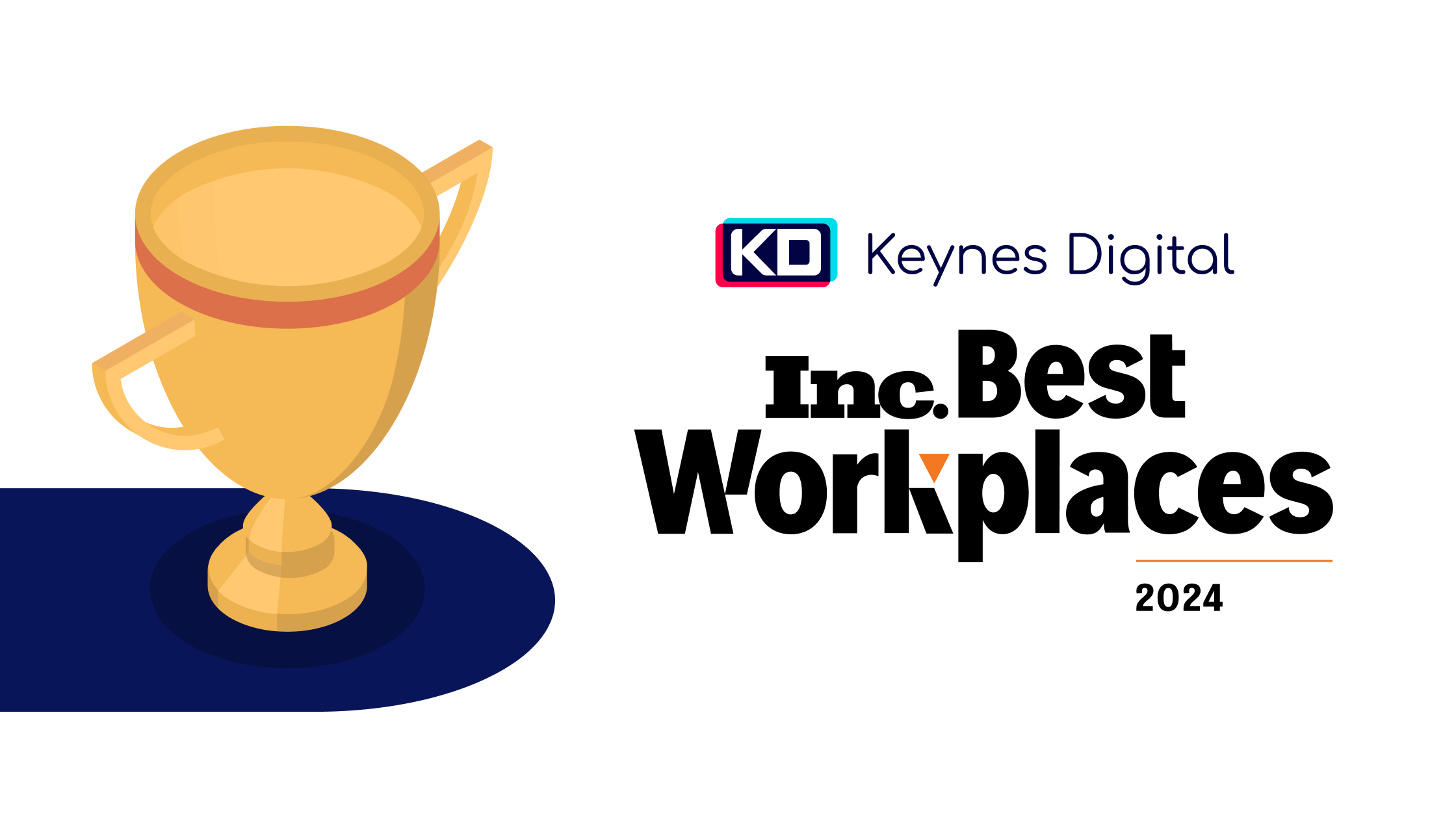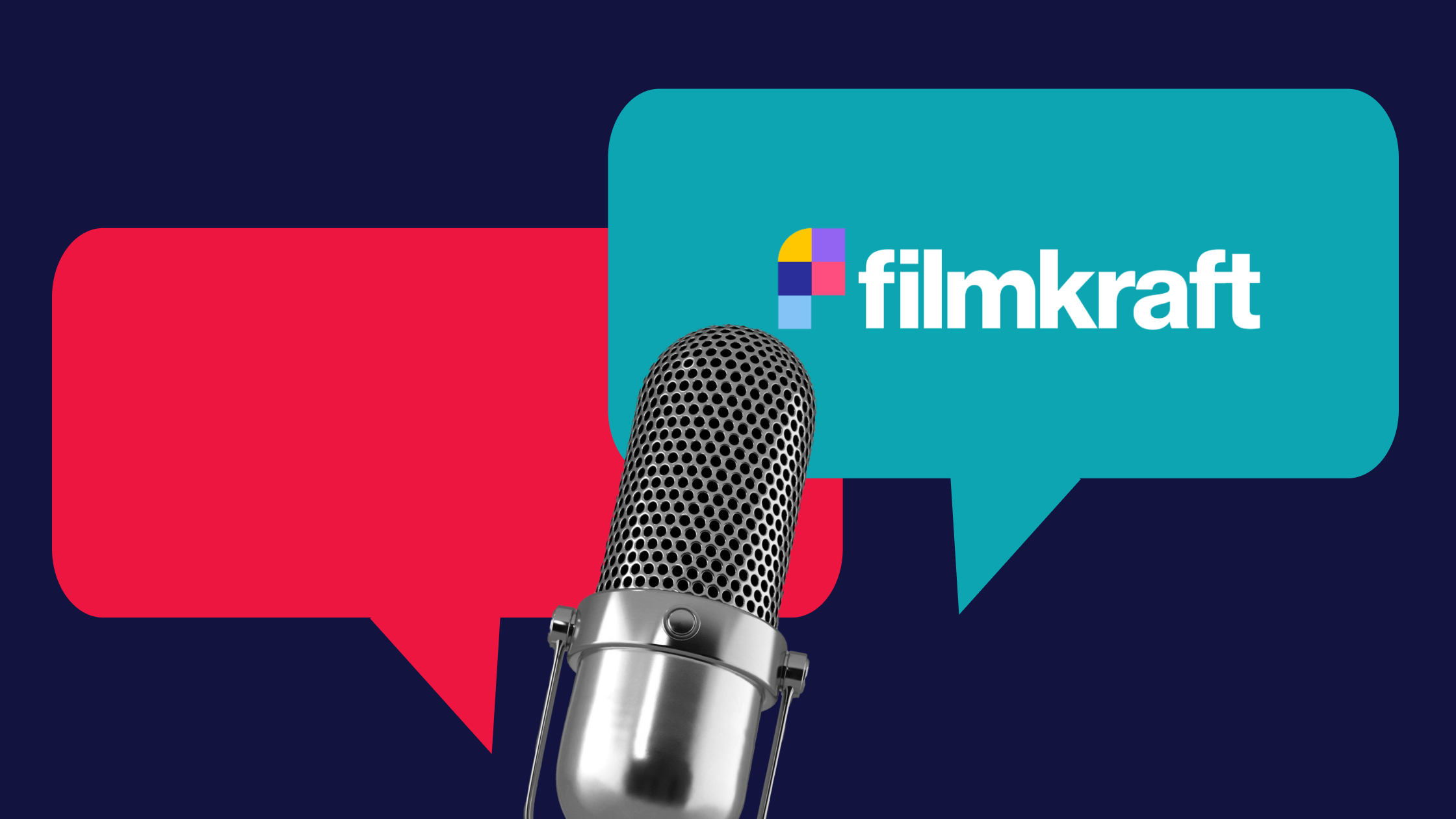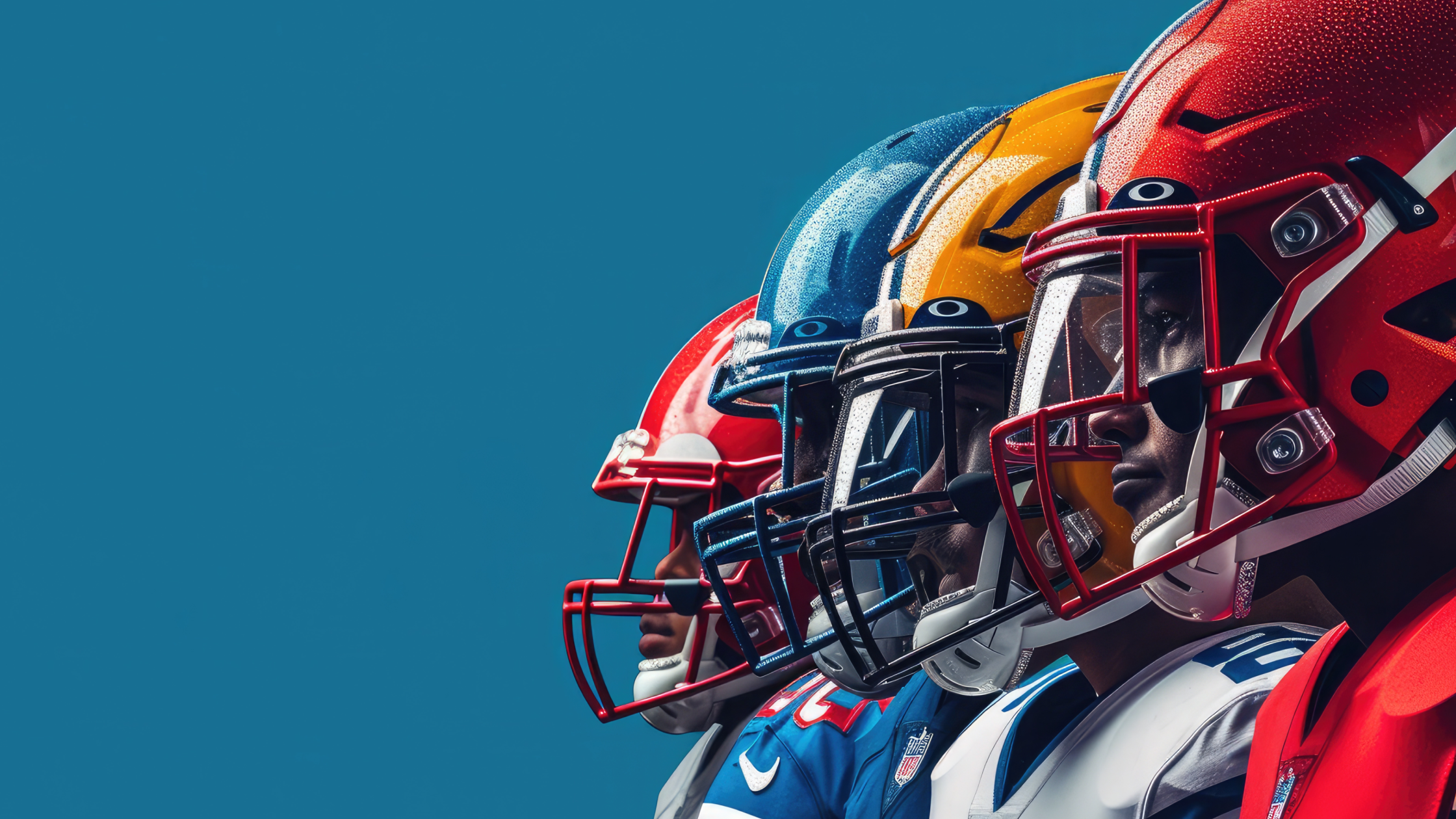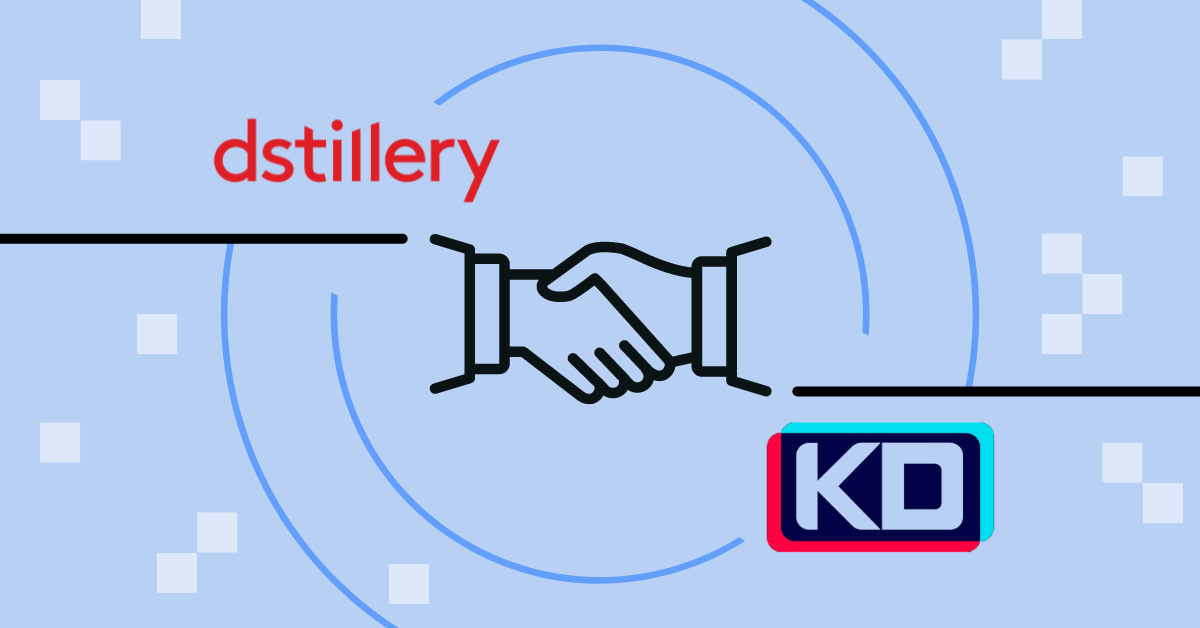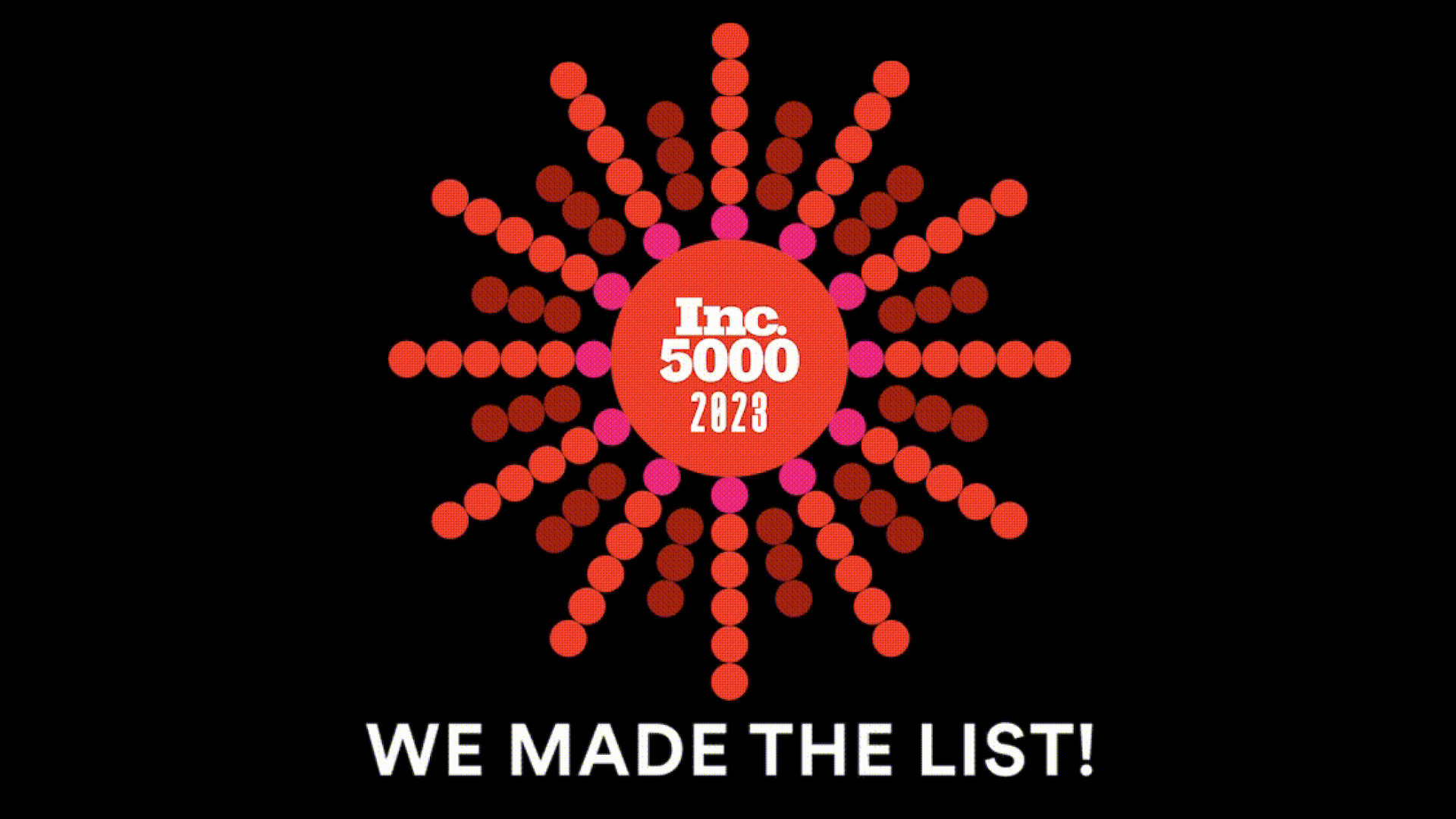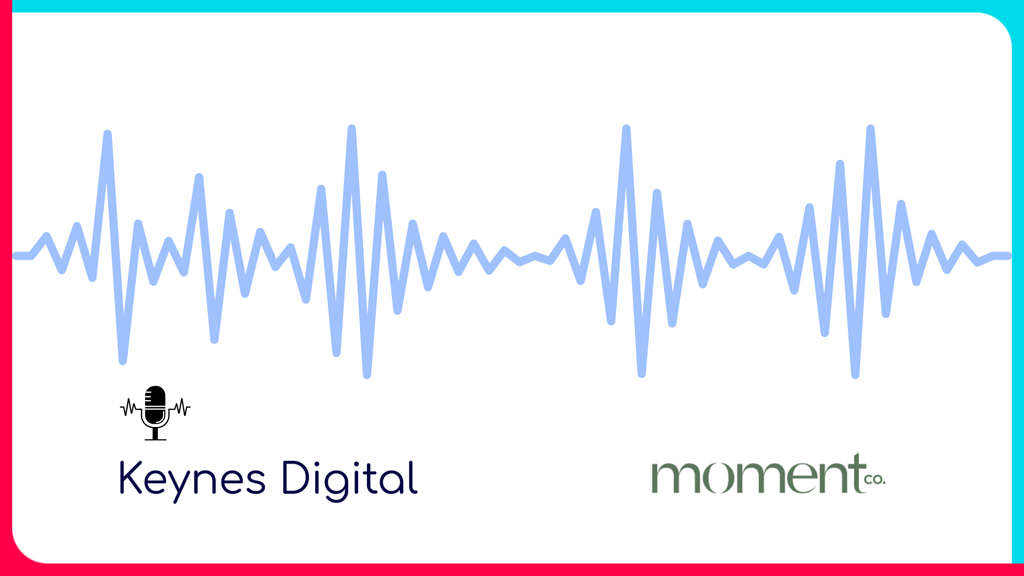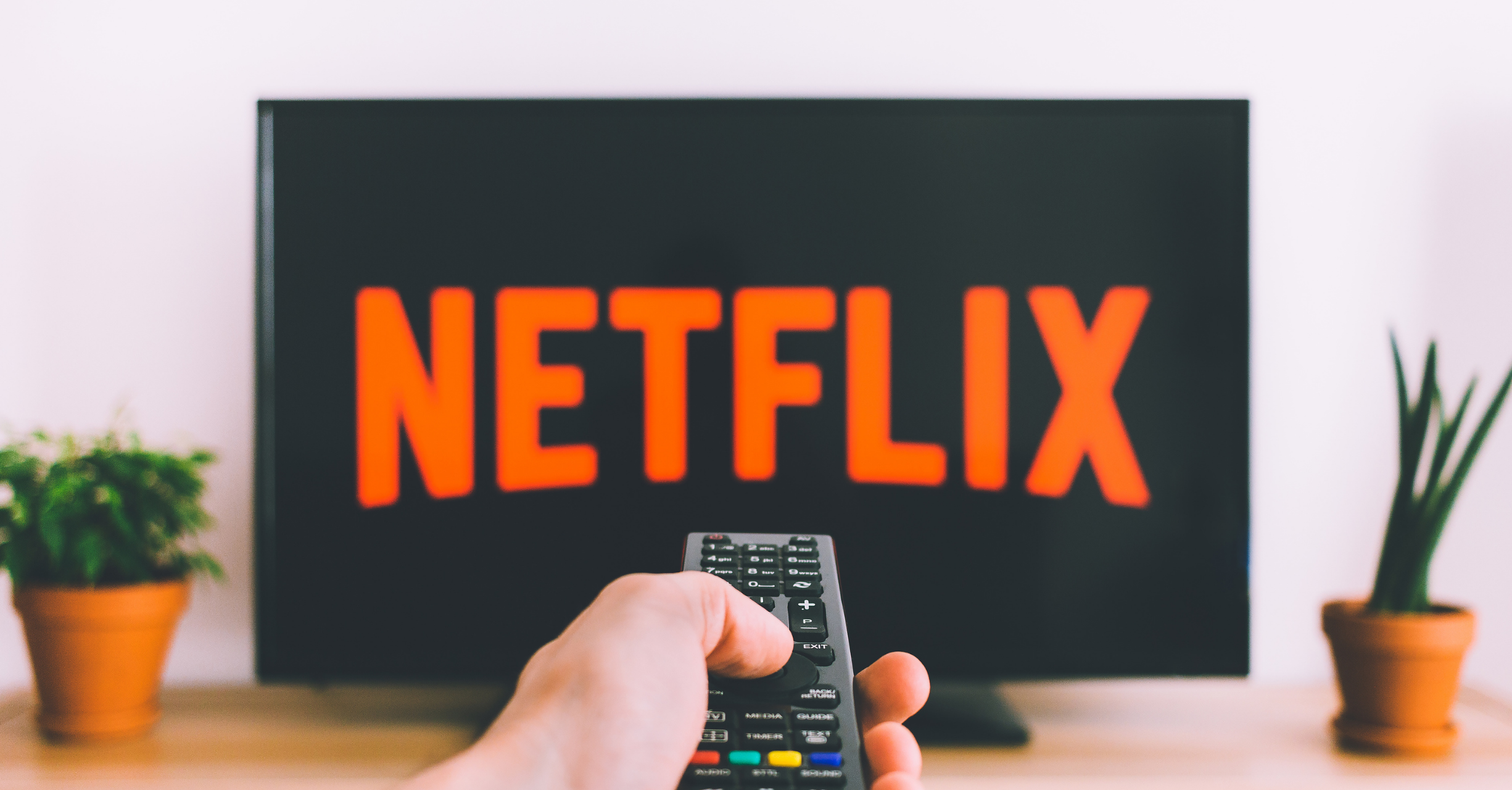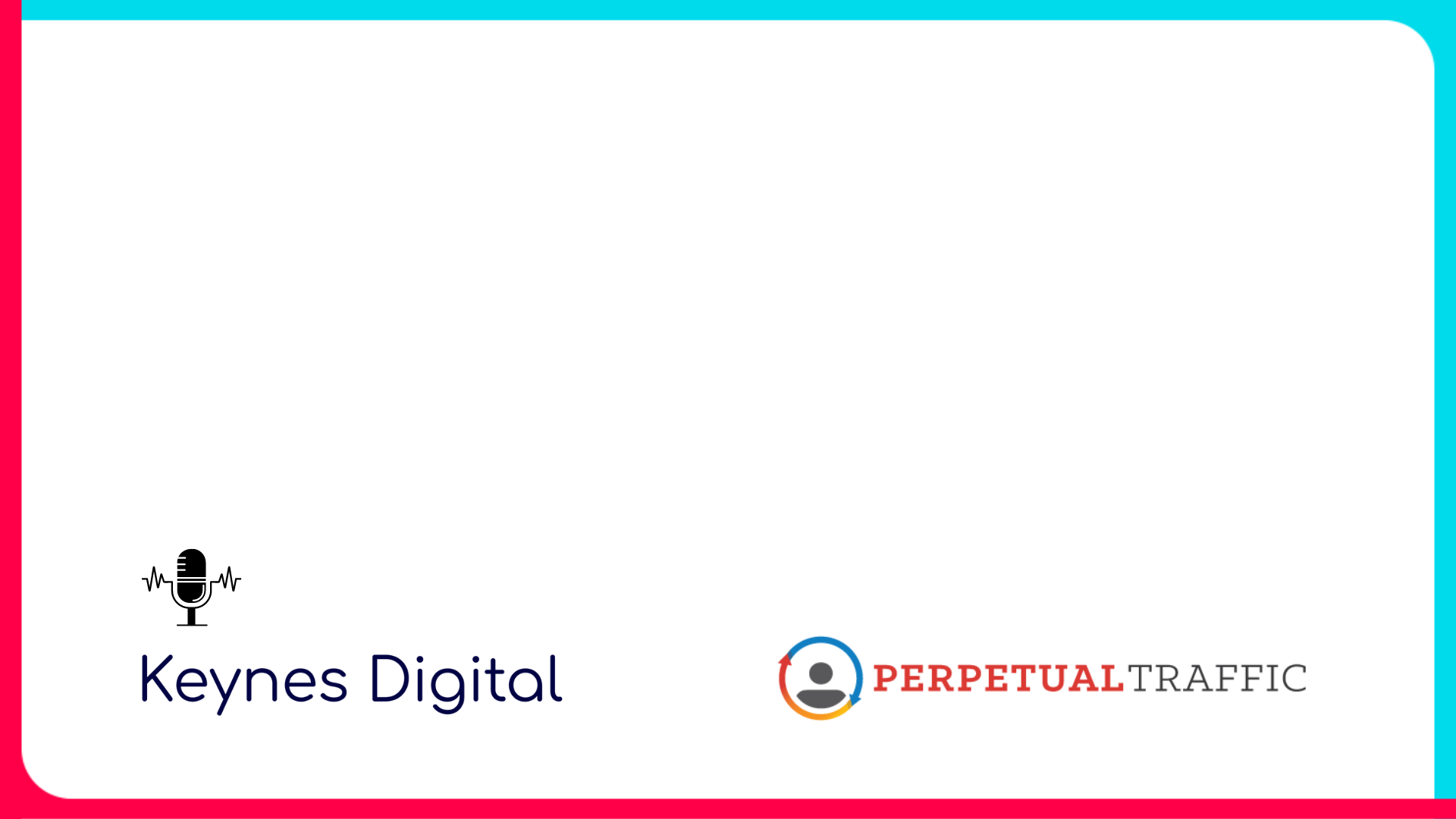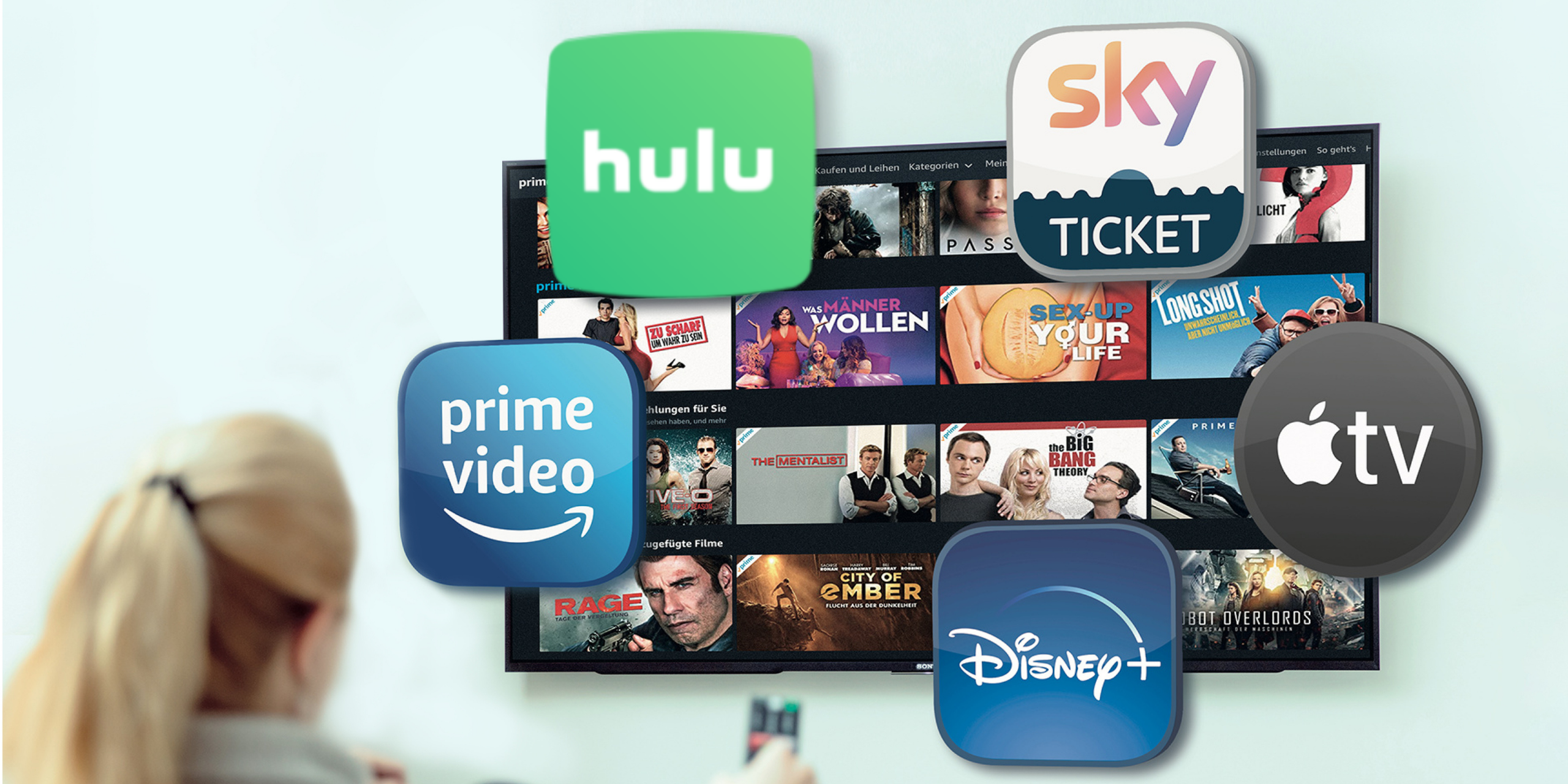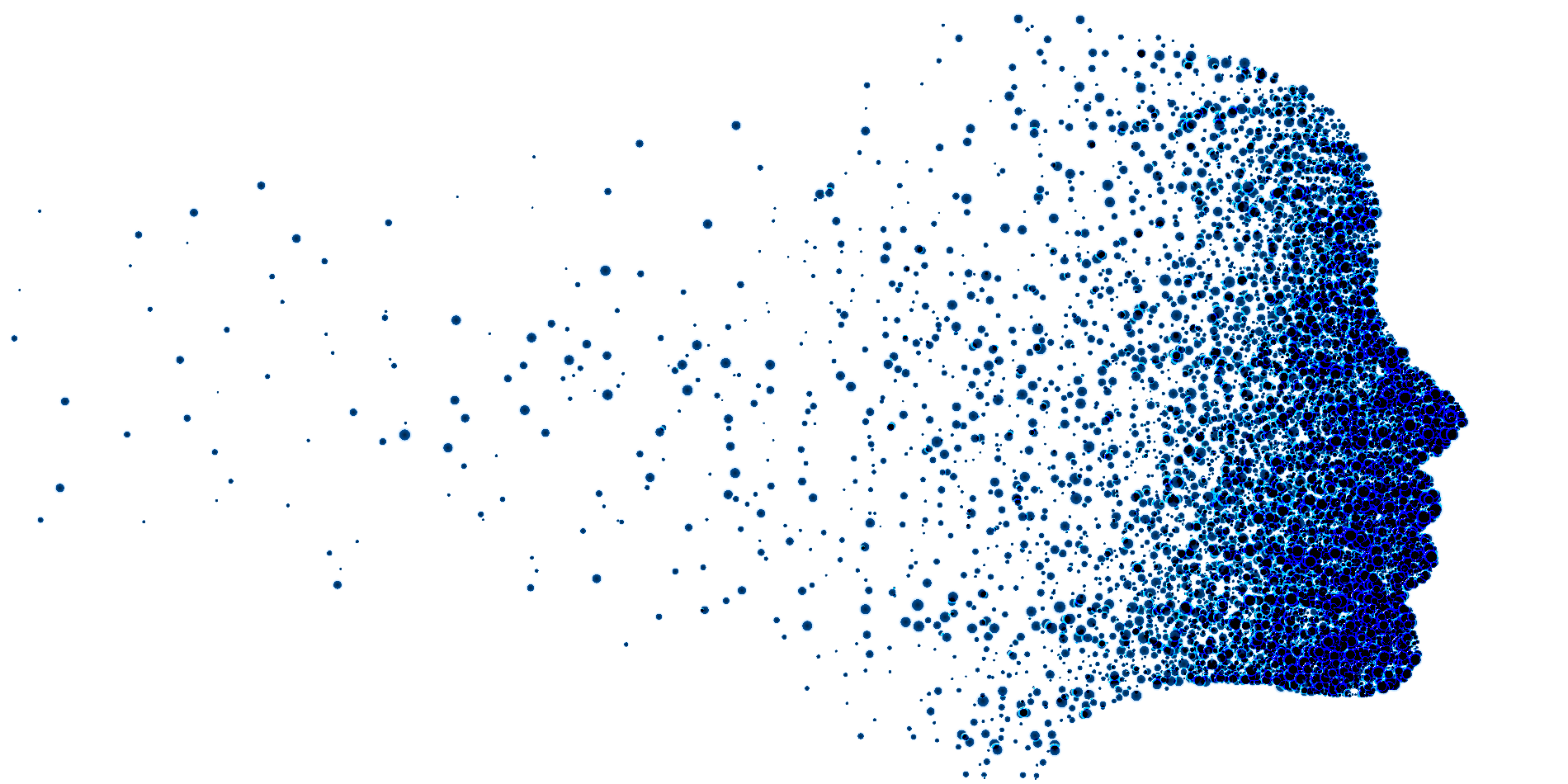Programmatic Advertising Agency
Any marketer has seen at least one episode of Mad Men (or heard about it from their coworkers) at some point in time. The show highlighted the glory of ad buying back in the day and fostered the next generation of advertising gurus. Fast forward to 2021, the world has changed and ad tech has developed faster than most would have thought could be possible. The Mad Men lifestyle has paved the way for a modern-day programmatic agency and has evolved to now purchase ads entirely digitally, making advertisers’ marketing budgets go further than ever before.
A programmatic advertising agency handles the automatic buying of ad space on behalf of its clients. In this automated purchase, there are two parties: an advertiser and a seller. In this scenario, the programmatic agency is a middleman working with an advertiser (their client) to purchase digital space from a seller.
For instance, a quick Google search will bring up thousands of programmatic advertising examples that showcase the powerful metrics that can be acquired from this digital marketing tactic. Nowadays, advertisers must fully utilize programmatic advertising to stay afloat with the evolving world and most efficiently optimize KPIs for their business.
In 2021, there is no shortage of programmatic ad platforms that are available to marketers. Various programmatic advertising agency platforms offer marketers the ability to organize their creative campaigns for their clients. They can also see the complete inventory of digital space that is available for bid.
Brands can complete their own pragmatic ad campaigns, but this is usually best left to marketing agencies. The complicated nature of the automated bid process is just one piece of the puzzle. Creative copy, captivating image, campaign tracking, and goal setting must all be involved to achieve high KPIs. Pragmatic ads can even be combined with other campaigns, such as CTV advertising, to create a comprehensive strategy for brands.
The Programmatic Advertising Definition
When searching for the programmatic advertising definition, marketers are sure to arrive at the same explanation across the web. Programmatic advertising is simply defined as the automatic process between an advertiser and seller to place ads in a digital space. While the programmatic advertising meaning is simple, it is a complex process that occurs in fractions of a second. Algorithms, traffic data, and online targeting come together to create the best purchases that will garner the highest ROI for the programmatic campaign.
To simply explain the programmatic advertising software, the following steps occur to complete a programmatic ad bid:
- A user visits a website the seller (also known as the publisher) owns.
- The seller lists the ad impression for bid (SSP).
- Advertisers bid on the impression (DSP).
- The highest but most relevant bidder wins and pays for the impression.
- The ad is displayed to the user on the website.
- The user clicks on the ad and converts to a customer, ideally.
It’s important to know why the last step mentions ideally. Even if an ad has world-class copy and is displayed on the highest quality site possible, it is unlikely it will convert every user into a customer. There are no known campaigns that have a 100% conversion rate. However, using the data available can help optimize the ad to improve conversions in the future.
This entire process is completed in under one second. Algorithms are running in the background to calculate the best bid prices for advertisers to create the most cost-effective bidding strategy. This entire process is called Real-Time Bidding. Rather than bidding on a static digital space, marketers can bulk bid on several ad spaces instantly for their clients.
Knowing there are two sides to the purchasing process, it’s time to explain SSP vs DSP. SSP stands for Supply Side Platform, and it is used by sellers to list their available digital space inventory. On the other hand, DSP stands for Demand Side Platform. Marketers utilize DSP to target users for campaigns, manage creatives, and automatically bid on ad space available from the SSP.
Types Of Programmatic Advertising
It is common to hear those who are new to this type of advertising use ad networks and ad exchanges interchangeably when describing programmatic ads. However, these two components have different definitions and functions. An ad network collects the ad inventory for sellers and acts as an intermediary. However, an ad exchange is a marketplace itself where the bidding occurs by advertisers for sellers’ digital ad spaces. To create a simple example, an ad network is like the brokers who help you purchase stock while the ad exchange is the stock exchange itself.
Ad networks have been used since the early days of digital advertising because they can easily route transactions. Ad exchanges were born as a way to sell the remaining inventory at a lower price. Rather than a set price, interested parties could bid against one another. Enhanced targeting abilities quickly followed, which created a greater interest in ad exchanges.
In addition to ad networks vs ad exchanges, it is also common to hear DMP and DSP used interchangeably. However, both have separate definitions and places in programmatic advertising. As mentioned above, DSP is the Demand Side Platform, which is where marketers will bid on programmatic ads using Real-Time Bidding. DMP stands for Data Management Platform. This is where 1st, 2nd, and 3rd party data information is stored to create a complete view of the customers. When combined with SSP (Supply Side Platform), marketers can understand how the customer and available ad space is one complete package. This allows them to create campaigns that deliver high ROAS in the DSP.
When it comes to determining the types of programmatic advertising that work best with your brand, programmatic partners can help navigate the complex nature of this digital marketing tactic. Expert programmatic marketers know how to use ad exchanges to find the DMP and SSP data they need to create the best ad campaigns possible.
These partners will work with programmatic advertising companies to understand their inventory and how their data is processed in the DMP. Marketing partners will always use the programmatic advertising platforms used by marketers that provide their clients access to the highest quality traffic they need.
The Growth of Programmatic Advertising
Programmatic advertising has grown in ad tech over the years and will continue to do so for the remainder of the decade. The process of programmatic advertising explained shows just how powerful this instantaneous process is for marketers who need to purchase bulk ads for their clients. The entire process offers numerous benefits that cannot be ignored.
The transparency available with programmatic display advertising is crucial for running a successful campaign. Both advertisers and sellers have access to real-time data about what is happening on DSP and SSP. Advertisers can understand their current ad spend and relevant KPIs. On the other hand, sellers know how well their digital space is selling and where they need to focus on improving traffic.
Programmatic advertising also goes beyond CTR, which is imperative. Rather than only focusing on how many clicks a campaign generates, programmatic ads allow marketers to focus on interest targeting and lookalikes. By reaching these highest-quality audiences, marketers can provide better results for their clients.
Additionally, programmatic ad buying goes beyond a static marketplace. Marketers have access to the world’s largest ad inventory, which even has premium digital space available for bid. This inventory provides access to high-quality traffic, which means the programmatic ads are seen by users who are interested in the ads being shown. This maximizes the relevance of ad campaigns and improves ROAS.
If you’re an inexperienced advertiser looking to run ad campaigns programmatically, it’s important to speak with a programmatic media agency rather than take on this form of ad buying on your own. While automatic may make this process sound easy, it is quite complex. The real-time data transfer and advanced reporting available are not simple to understand. Decisions need to be made within minutes, not hours when it comes to adjusting how a programmatic campaign is running. Additionally, knowing how to tailor an ad to a specific audience lookalike group will strengthen the revenue returns of the campaign either immediately or better yet incrementally.
It is not enough to run these ads the same as one would a linear TV ad, social media campaign, or YouTube ad. When you turn to a programmatic media partner, you gain access to a team that has a complete understanding of how to use Real-Time Bidding to your advantage. You will hit the ground running and see better metrics early on, which is crucial for your ROAS. Speak with one of our programmatic ad specialists today to learn how we can help you see higher conversions.
Industry Expert Insights
We are your high-touch, performance-focused streaming TV and programmatic advertising partner. Our team of experts and a one-of-a-kind data-driven platform connects you to the best streaming TV marketing strategies.


